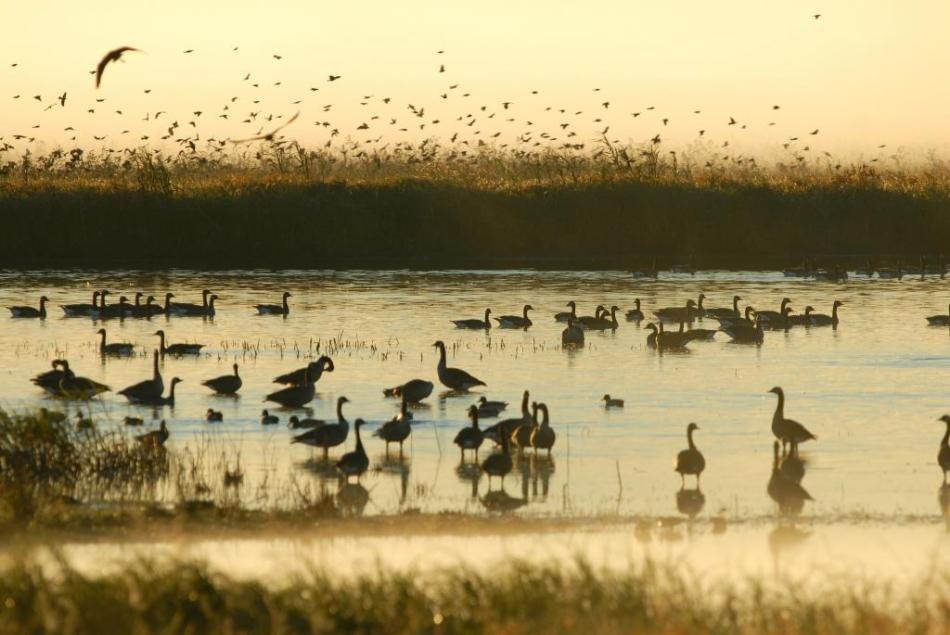Feb 6 2019
According to new research by the JRC, around 15% of the world’s inland surface water areas come under protected areas.
 Inland waters provide resources and home to many species. (Image credit: Rusty Dodsen)
Inland waters provide resources and home to many species. (Image credit: Rusty Dodsen)
This is closer to the world target of 17% defined in Aichi Target 11 of the Strategic Plan for Biodiversity 2011–2020 of the Convention on Biological Diversity (CBD).
Yet, surface water protection is not uniformly distributed worldwide, still lying below 17% in more than half of the countries in the world.
In 53% of countries, surface water protection is well below that target. This denotes 45% of the world’s land.
Major parts of Africa, parts of Asia, Canada, and many other smaller countries have the lowest surface water protection (<10%).
Southern Africa, Europe, Iran, Mongolia, New Zealand, Peru, Australia, and other smaller countries have the highest surface water protection(>30%).
The work, reported in PLOS ONE, shows the first global evaluation of the percentage of inland open surface waters that are in protected areas and their transitions in these regions between three classes (no water, seasonal water, permanent water) from 1984 to 2015.
The Importance of Protected Areas
Protected areas are regions chosen and supervised to help conserve nature. They are important for safeguarding biodiversity and ecosystem services.
The research described inland waters as any water body extending more than 30 m x 30 m open to the sky, including fresh and saltwater.
These wetlands and surface waters offer essential habitats for many species, and main ecosystem services, for example, primary production, nutrient cycling, water purification, water provisioning, and recreation. Despite being exposed to increasingly considerable human use and climate pressures, their conservation had earlier not been broadly studied at the global scale.
This article exploits the unparalleled spatial (30 m) and temporal resolution (seasonally and yearly) of the Global Surface Water Explorer (GSWE), created by the JRC and partners, to assess current protection of inland surface waters, and evaluate variations to water bodies within protected areas.
Although there is a possibility to achieve the 17% global protection target for inland surface waters by 2020, the authors demand much stronger efforts to guarantee the effective conservation of water bodies within protected areas and the basins where they are found.
In the coming years, there will be a need for improved and integrated management planning of water resources, covering sectors from agriculture to water supply to cities to conserve water habitats and their related species, although it is found within formally designated protected areas.
Considering the increasing pressures on water resources because of climate change, human activities, and population growth, the research emphasizes the need to considerably increase efforts to protect one of the Earth’s most valuable and endangered habitat resources.
Comprehensive results for nearly 27,000 terrestrial and coastal protected regions can be further analyzed with the help of the JRC’s Digital Observatory for Protected Areas (DOPA).